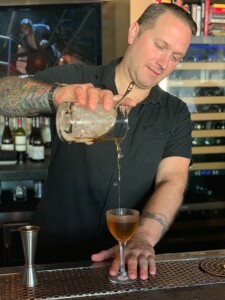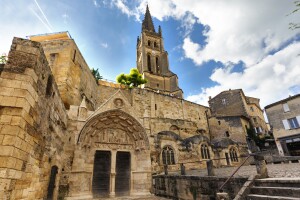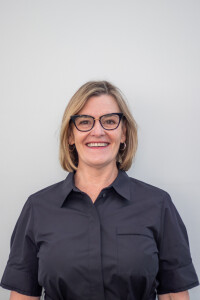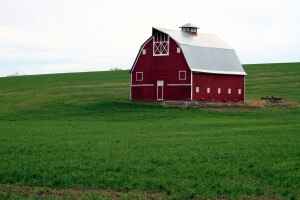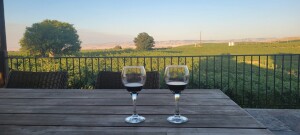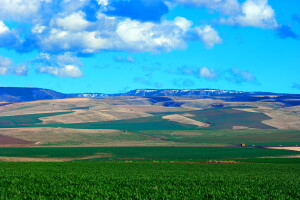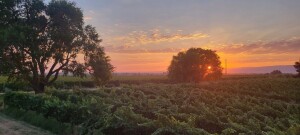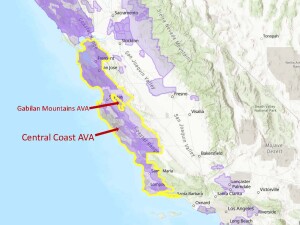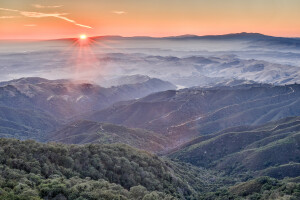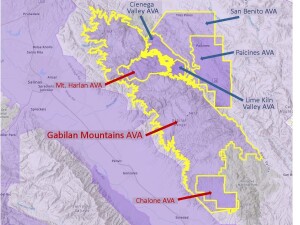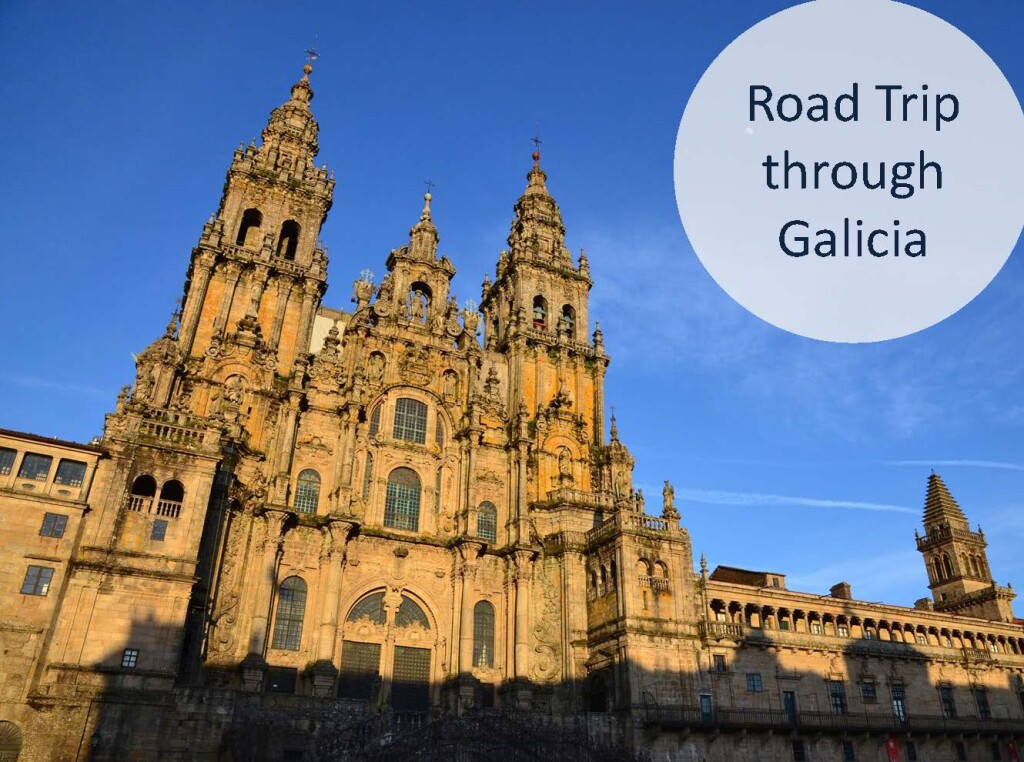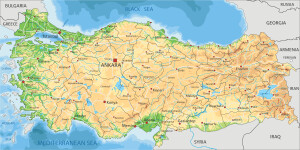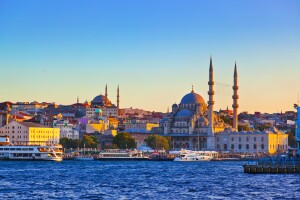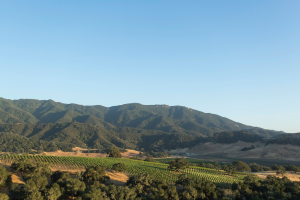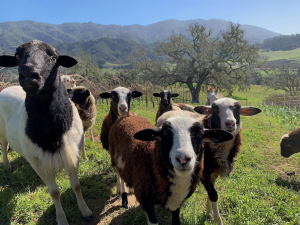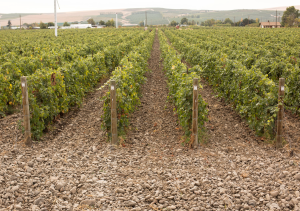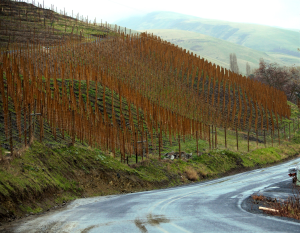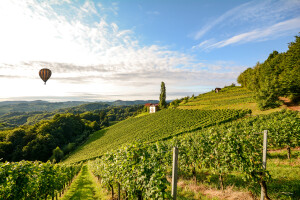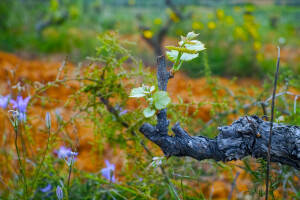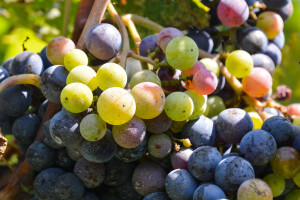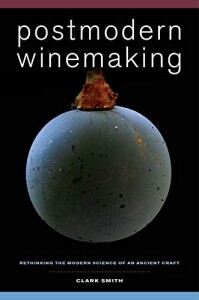 Today we have a guest post from maverick winemaker and author Clark Smith. In this article, Clark gives us a glimpse inside his upcoming presentation, “The Postmodern View: Reconsidering Modern Winemaking Dogma.” This session will be presented at the 46th Annual Conference of the Society of Wine Educators, scheduled for August 10-11 in Coachella Valley (Indian Wells, CA).
Today we have a guest post from maverick winemaker and author Clark Smith. In this article, Clark gives us a glimpse inside his upcoming presentation, “The Postmodern View: Reconsidering Modern Winemaking Dogma.” This session will be presented at the 46th Annual Conference of the Society of Wine Educators, scheduled for August 10-11 in Coachella Valley (Indian Wells, CA).
“It ain’t what you don’t know that gets you in trouble. It’s what you know for sure that just ain’t so”
-often attributed to Mark Twain
My talk at Indian Wells will explode a string of Just Ain’t So stories taken as received wisdom by most wine professionals, often illustrated in wines I’ll pour. I prepare you here to appreciate surprising shifts underway in style trends in the marketplace.
In 1983, I completed Enology studies at UC Davis and embarked on a winemaking career which culminated 30 years later in the publication of Postmodern Winemaking, Rethinking the Modern Science of an Ancient Craft.
My book explores what I learned over three decades that altered my notion of what wine is and how it ought to be made.
I just finished reading Hugh Johnson’s “The Story of Wine.” I highly recommend it to anyone. It’s a playful and thorough trek through the history of wine from the ancients to the present day. As you probably know, this man does his homework. And Lord, he can write. Every sentence is a delight.
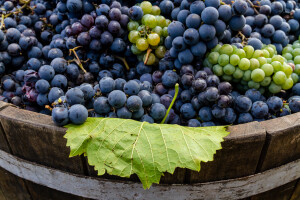 Right at the start of the book, Hugh says “the polite definition of wine is ‘the naturally fermented juice of fresh grapes.’” He goes on to say, “a more clinical one is ‘an aqueous solution of ethanol with greater or lesser traces of sugars, acids, esters, acetates, lactates, and other substances occurring in grape juice or derived from it by fermentation.’”
Right at the start of the book, Hugh says “the polite definition of wine is ‘the naturally fermented juice of fresh grapes.’” He goes on to say, “a more clinical one is ‘an aqueous solution of ethanol with greater or lesser traces of sugars, acids, esters, acetates, lactates, and other substances occurring in grape juice or derived from it by fermentation.’”
Well, right the first time Hugh.
The basis of my new understanding derives from the discovery that wine is not a chemical solution. The unhappy belief that it is leads us into error, not least because it holds back winemakers from making great wine.
The Gospel According to Modern Enology
With ideal solution behavior, wine is just as Hugh Johnson says, a bunch of chemicals dissolved in an aqueous solution containing ethanol.
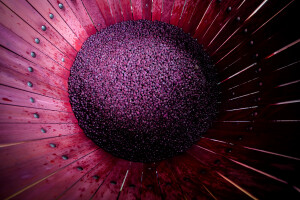 Various aromatic compounds dissolved in that wine will have a range of volatilities according to Henry’s Law, each with a concentration in the headspace where we smell it in proportion to the concentration in the liquid wine.
Various aromatic compounds dissolved in that wine will have a range of volatilities according to Henry’s Law, each with a concentration in the headspace where we smell it in proportion to the concentration in the liquid wine.
The implications for winemaking are that we manage aromatics by controlling the composition of the wine.
For example, if we want more fruit and less veg, we have to take some action to manage the composition. We farm for flavors, working the canopy, crop load, irrigation, nutrients and harvest date to minimize pyrazines and maximize fruity aromatics.
Vinification concentrates on selective extraction. Let’s maximize the good stuff such as desirable flavors and minimize the bad stuff such as harsh tannins. Techniques include very gentle crushing, gentle cap management, gentle pressing and delicate handling. Increase the extraction of color by using high alcohol as a solvent.
We prevent oxidation by keeping air away from the wine at every stage to preserve its freshness and fruit. We control sulfides with copper treatments.
We’ll use protein fining agents to remove harsh tannins. These also strip the wine, so we take special care to minimize the hit to aroma and color by doing extensive trials with numerous combinations of fining agents. Selective extraction.
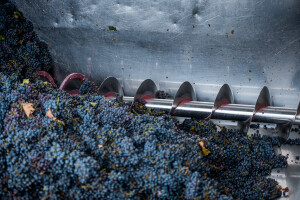 Because we regard unmanaged microbiology as an existential threat in the bottle and a clear and present danger in the cellar, we employ draconian sanitation procedures in the cellar and sterile filter into bottle.
Because we regard unmanaged microbiology as an existential threat in the bottle and a clear and present danger in the cellar, we employ draconian sanitation procedures in the cellar and sterile filter into bottle.
Our goal is to lock in clean varietal fruit, suspended in development so the wine will preserve itself over its intended shelf life.
That’s No Solution
Postmodern methodology considers every one of these practices as misguided. It turns out that the deviation from Hugh’s ideal solution behavior is actually a good working definition of quality.
We recognize that well-made red wine is a two-phase system: the polar aqueous phase where acids, sugars and other polar compounds are dissolved, and the tiny apolar tannin-color colloids that naturally aggregate.
Since they contain stacks of phenolic ring structures, aromatic ring compounds will want to hang out (intercalate) inside the structure. Pyrazines (bell pepper) and volatile phenols (Brett), and oak compounds like guaiacol (smoke), vanillin, and cinnamates (spice) that will be pulled down into the structure of the wine.
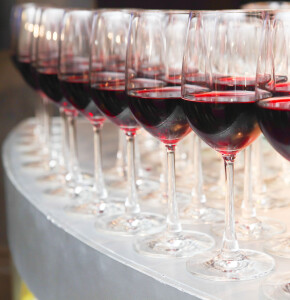 The wine will no longer obey Henry’s Law.
The wine will no longer obey Henry’s Law.
Note: When I talk about structure, I’m discussing a physical macromolecular architecture present in the wine. This has nothing to do with what MWs talk about the balance sucrosity, acidity, and astringency, a cognitive structure in your perceptive brain. Colloidal structure is really THERE, not just in your head.
What does that mean for wine? Well, properly structured wines display varietal fruit in the center of the aroma, supported by all of these aromatically integrated phenols, pyrazines, and so forth that are taking a back seat, acting in support to add richness and complexity to the aroma.
The properties of the well-structured wine include refined textures so we don’t have a harsh wine.
The finer the colloids, the more they support flavors rather than masking them. This understanding is captured in the French word finesse, which means “grace” (as it does in English), but also “fineness of texture.”
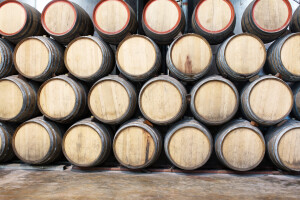 If we have a proper structure, tannins won’t precipitate, so these characteristics will persist for decades, resulting in graceful longevity.
If we have a proper structure, tannins won’t precipitate, so these characteristics will persist for decades, resulting in graceful longevity.
We are not managing aromatics simply by controlling composition. We’re controlling the structure. Don’t just farm for flavors, farm for building blocks: anthocyanins, co-factors, and tannin precursors.
No selective extraction. We want all the tannin we can get — guts, feathers and everything — because we know how to put that together into a refined architecture.
I love the mantra I learned from Randall Grahm, “I will fear no tannin.”
The co-pigmentation colloids that we want are more stable at low alcohol. Who knew? We avoid over-ripeness.
Healthy anti-oxidative power controls Acetobacter. Brett can be outcompeted by a healthy microbiome such as you might foster in your garden or your body.
Instead of copper, an oxidation catalyst, we use enological oxygen to incorporate sulfides into the structures, transforming stink into silk. Miraculous!
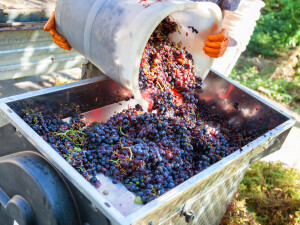 A sterile filtered wine can never be great. A beneficial microbiome will develop profound soulful bottle bouquet.
A sterile filtered wine can never be great. A beneficial microbiome will develop profound soulful bottle bouquet.
Our goal is not to make a clean wine, frozen in its development, but rather a wine that’s set up to have a natural development of aromatic greatness.
While Natural Wine’s blundering explorations help map location of land mines in the terrain of a Postmodernist revolution, they scarcely lead the way. In determining best élevage practices, their dogmatic extremist is about as useful as Christian Science research on effective medical protocols.
We’ll talk more about the politics of this paradigm shift in Indian Wells. See you there.
Clark’s session—The Postmodern View: Reconsidering Modern Winemaking Dogma—is scheduled for Wednesday, August 10th at 10:30 am as part the 46th Annual Conference of the Society of Wine Educators, to be held August 10-11 in Coachella Valley (Indian Wells, CA).
